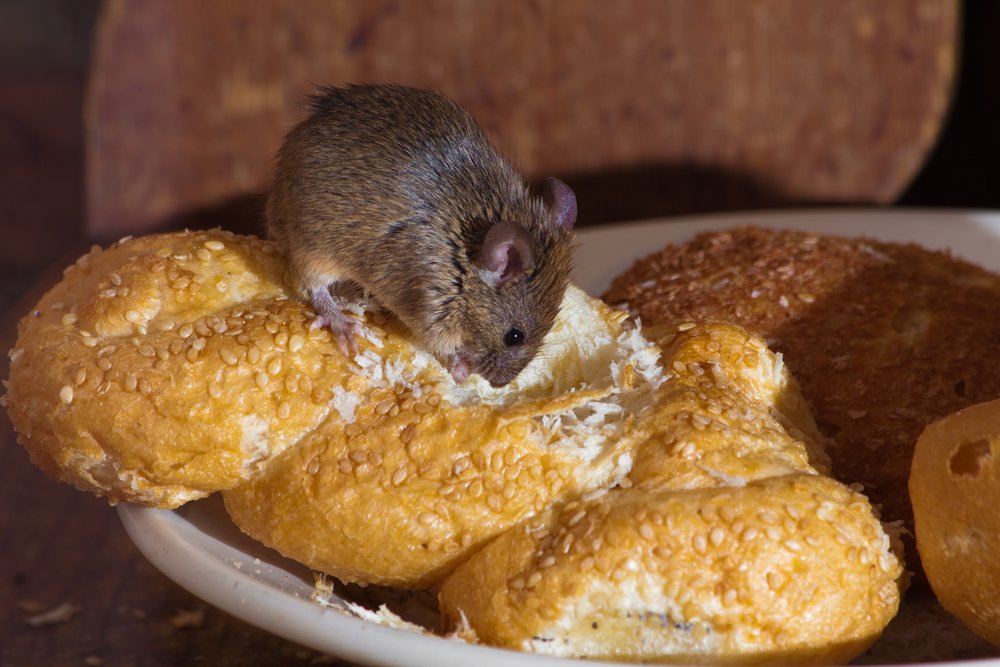
Mice are often seen as the cuter, smaller, and less dangerous cousin of the larger rat. Whilst the first two parts of this description may well be true, the appearance of mice often covers up for the truth regarding the threat they pose.
A pest problem involving mice is just as serious as one involving rats and should be treated as such.

Why are mice such an issue?
There are many reasons why finding mice in your home should worry you just as much as rats or squirrels. The first is that you are actually less likely to be able to determine the full extent of your issues from sight alone.
Mice tend to spread their droppings across a wide area, rather than in one place like rats, meaning that finding them doesn’t necessarily mean that you are close to the nest, or that the small number of droppings means that you are only dealing with a small infestation.
If you do indeed discover mouse droppings, especially near food, throw away all food nearby. If may well be contaminated and carrying all sorts of nasty germs.
They will also chew through all sorts of materials with their ever growing teeth, including furniture, and unfortunately electrical wiring which can spark and pose a very serious fire hazard.
They carry the germs for diseases such as salmonella and will contaminate food stuffs with their saliva and by walking across surfaces.
This article is not intended to make you worry unnecessarily, or to make you scared of mice when you weren’t previously. It is simply here to make you aware of the threats that a mouse infestation can pose and ensure that you take it seriously by talking to a local Salford pest control expert. The longer you put it off, the larger the infestation will grow, the more damage will be done, and the harder it will be to eradicate the infestation.
What do mice look like?
Mice are much smaller than rats, with house mice usually growing no longer than 2.5-3.5 inches in size. They have a tail that is just as long again, pointed muzzles and large ears. Their ears are much larger, in proportion to their rest of their bodies, than rats which is one of the biggest determining characteristics between the two.
Once inside your property, house mice breed rapidly, and it is not unknown for females to have up to a staggering 30+ young in a single year.
Their fur will tend to be lighter than rats as well, usually a light brown or grey with bellies that are much lighter again, although we accept that this probably won’t be the method that you use to identify them!
If you can simply hear sounds of scuttling coming from the ceiling or walls, this could well be mice, but could also be rats or squirrels so it is worth getting the issue identified properly by a trained pest control expert.

